When it comes to choosing the perfect tile for your home or business, the decision between ceramic and porcelain can be quite daunting. These two popular options offer a wide range of features and strengths, each suitable for specific applications. This article aims to shed light on the key differences between ceramic and porcelain tiles, helping you make an informed decision for your next project. 1. Composition and Manufacturing: Ceramic tiles are made from a mixture of clay, minerals, and water, which is then shaped and fired at high temperatures. Porcelain tiles, on the other hand, are composed of highly refined clay, sand, and feldspar, with a lower moisture content. This difference in composition leads to variations in strength and durability. 2. Water Absorption: Porcelain tiles have a significantly lower water absorption rate compared to ceramic tiles. Porcelain has a water absorption rate of less than 0.5%, making it virtually impervious to water.
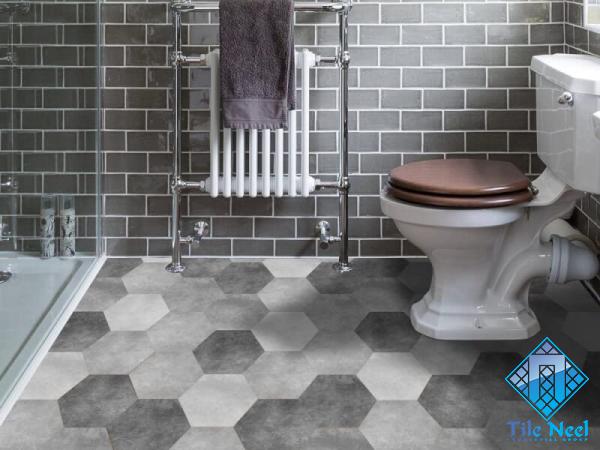
.
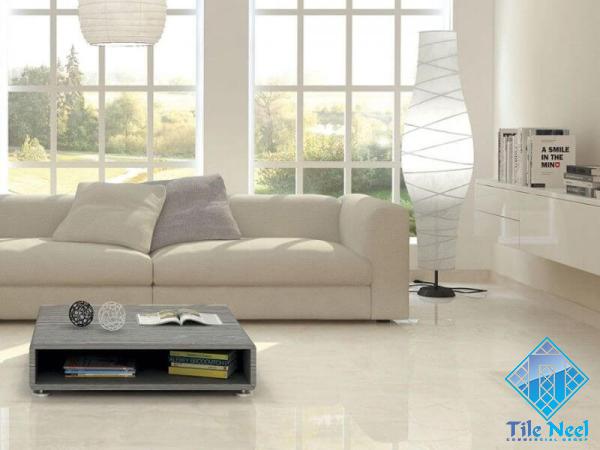 This characteristic makes porcelain tiles ideal for areas exposed to moisture, such as bathrooms, kitchens, and outdoor spaces. Ceramic tiles, with a water absorption rate of 3% to 7%, are better suited for indoor wall applications or areas where moisture exposure is minimal. 3. Durability and Strength: Porcelain tiles are renowned for their exceptional durability and strength. The manufacturing process creates a dense, hardwearing tile that can withstand heavy foot traffic and resist chipping, scratching, and staining. This makes porcelain tiles a popular choice for high-traffic areas such as commercial spaces and outdoor installations. Ceramic tiles, while still durable, are slightly softer and more susceptible to damage under heavy loads or impact. 4. Design and Appearance: Both ceramic and porcelain tiles offer a wide variety of design options, catering to various tastes and interior styles.
This characteristic makes porcelain tiles ideal for areas exposed to moisture, such as bathrooms, kitchens, and outdoor spaces. Ceramic tiles, with a water absorption rate of 3% to 7%, are better suited for indoor wall applications or areas where moisture exposure is minimal. 3. Durability and Strength: Porcelain tiles are renowned for their exceptional durability and strength. The manufacturing process creates a dense, hardwearing tile that can withstand heavy foot traffic and resist chipping, scratching, and staining. This makes porcelain tiles a popular choice for high-traffic areas such as commercial spaces and outdoor installations. Ceramic tiles, while still durable, are slightly softer and more susceptible to damage under heavy loads or impact. 4. Design and Appearance: Both ceramic and porcelain tiles offer a wide variety of design options, catering to various tastes and interior styles.
..
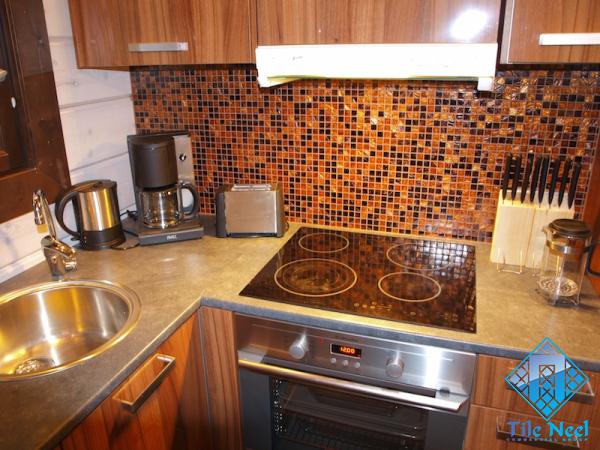 Ceramic tiles often feature vibrant colors and intricate patterns, making them versatile for creative floor or wall designs. Porcelain tiles, on the other hand, tend to mimic the look of natural stone or hardwood, offering a more sophisticated and elegant aesthetic. Porcelain tiles also come in larger sizes, allowing for seamless installations and fewer grout lines. 5. Cost Considerations: Ceramic tiles generally have a lower price point compared to porcelain tiles. The manufacturing process and materials used in porcelain tile production contribute to its higher cost. However, while porcelain tiles may require a larger upfront investment, their long-term durability and low maintenance make them a cost-effective choice in the long run. Ceramic tiles can still be a budget-friendly option for those seeking a wide variety of design possibilities.
Ceramic tiles often feature vibrant colors and intricate patterns, making them versatile for creative floor or wall designs. Porcelain tiles, on the other hand, tend to mimic the look of natural stone or hardwood, offering a more sophisticated and elegant aesthetic. Porcelain tiles also come in larger sizes, allowing for seamless installations and fewer grout lines. 5. Cost Considerations: Ceramic tiles generally have a lower price point compared to porcelain tiles. The manufacturing process and materials used in porcelain tile production contribute to its higher cost. However, while porcelain tiles may require a larger upfront investment, their long-term durability and low maintenance make them a cost-effective choice in the long run. Ceramic tiles can still be a budget-friendly option for those seeking a wide variety of design possibilities.
…
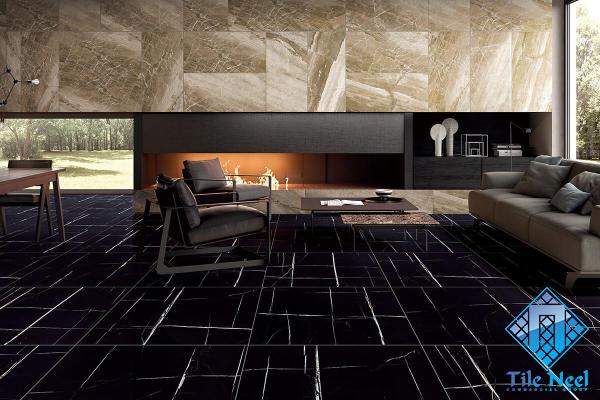 Conclusion: Choosing between ceramic and porcelain tiles requires careful consideration of factors such as water absorption, durability, design preferences, and budget. While ceramic tiles offer versatility in design and are suitable for areas with minimal moisture exposure, porcelain tiles excel in high-traffic and moisture-prone environments. Remember to assess your specific needs and consult with professionals to ensure that your tile choice aligns with your project goals. In summary, ceramic and porcelain tiles both have their advantages; the decision ultimately depends on your specific requirements and aesthetic preferences. Whether you opt for the vibrant versatility of ceramic or the durability and elegance of porcelain, these tiles are sure to enhance the beauty and functionality of any space.
Conclusion: Choosing between ceramic and porcelain tiles requires careful consideration of factors such as water absorption, durability, design preferences, and budget. While ceramic tiles offer versatility in design and are suitable for areas with minimal moisture exposure, porcelain tiles excel in high-traffic and moisture-prone environments. Remember to assess your specific needs and consult with professionals to ensure that your tile choice aligns with your project goals. In summary, ceramic and porcelain tiles both have their advantages; the decision ultimately depends on your specific requirements and aesthetic preferences. Whether you opt for the vibrant versatility of ceramic or the durability and elegance of porcelain, these tiles are sure to enhance the beauty and functionality of any space.
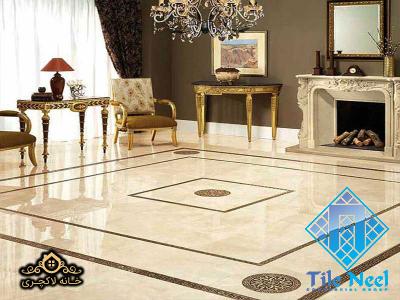

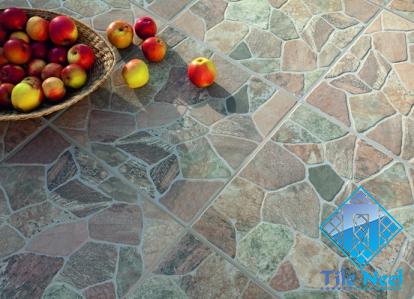
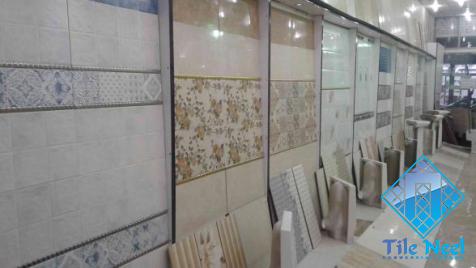
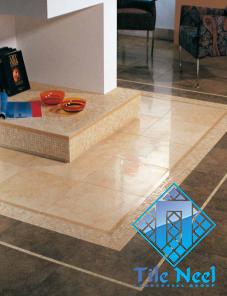

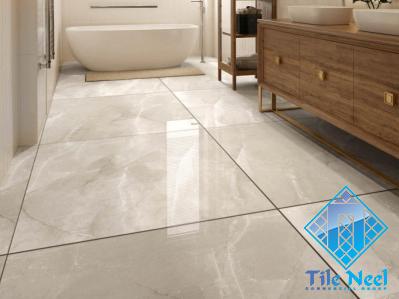

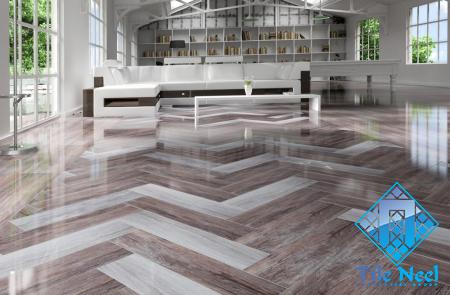
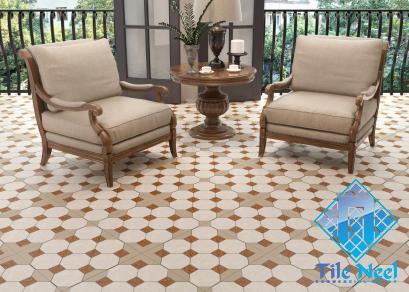
Your comment submitted.